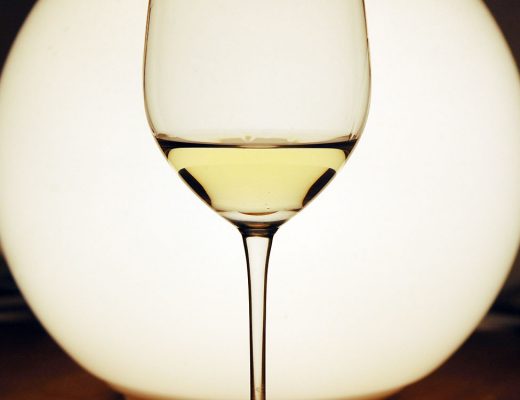“Nelson consistently wins more awards than other wine region in New Zealand, per hectare of vines planted,” the region’s wine association announces on the first page of its glossy wine tasting journal.
The journal arrived on my doorstep with 15 aromatic whites from the region, and I was hoping these wines would impress. I have been to Nelson just once despite living in New Zealand for nearly three years, and on that occasion, I left feeling disappointed with the overall quality of the region’s wines with the exception of Neudorf’s top wines and Seifried’s sweet Riesling. So, when this case arrived, branded as the “First XV” in a nod to the country’s passion for rugby, it was the perfect opportunity to give Nelson a second try.
Nelson sits in the northwest corner of New Zealand’s South Island. It’s just 90 minutes’ drive west of Marlborough, the country’s major wine-exporting region, which is now synonymous with zingy Sauvignon Blanc. Most Nelson wineries sit fewer than 6 kilometres from the coast, creating a temperate climate and the area also boasts the country’s most sunshine hours.
Unfortunately, the Nelson First XV were not nearly successful as the country’s rugby team, the All Blacks. Certainly, there were no world beating wines here – no Dan Carters kicking a goal or Richie McCaws leading the line-up. I couldn’t find any cause for excitement from the selection, which included a Gruner Veltliner, several Rieslings, Pinot Gris and Gewurztraminers.
In fairness, they are pure, fresh and have moderate alcohol levels but so do many other aromatic whites in New Zealand and the rest of the world. There’s no sense of the unique somewhereness that every wine lover searches for.
I enjoyed the 2011 Kahurangi Estate Dry Riesling, which had fine acidity, taut structure, and a raspberry coulis and white peach character while the 2009 Waimea Classic Riesling was similarly taut and linear with just 12% alcohol, and piercing lime, lemon and white peach characters, giving both a 17 out of 20 – so, a low silver in the medal stakes.
The selection of Pinot Gris were easygoing and balanced but had nothing to offer that I couldn’t find elsewhere while the Gewurztraminers were simple, lacking concentration, and on a number of occasions were unbalanced – managing phenolics and residual sugar are two elements that need attention. There were also pear drop and boiled sweet aromas in too many wines. This is a tell-tale sign of cool fermentation, and can be found in whites across the world. These characteristics say more about the winemaking than the region, and I’d like to see producers moving away from these low temperatures.
I shared the samples with my colleagues, which include a Geisenheim-trained, ex-Frescobaldi viticulturist, a French winemaker that has worked under the Lurtons and Michel Rolland in Bordeaux, and several sommeliers. Their verdict? Similarly underwhelmed.
“There’s nothing you can eat with these wines. There’s too much flavour, too much sugar,” said one.
“I’m not excited,” said another. Indeed the wow factor was lacking in the wines, in sharp contrast to the region’s scenery. Nelson is a beautiful region sitting at the top of New Zealand’s South Island and attracts plenty of tourists heading to the region to walk or kayak the Abel Tasman or kick back in this artsy community.
Most wineries in Nelson are small and sell all their production to a loyal local customer base and passing tourist trade. However, if they have ambitions to be as highly esteemed as the country’s rugby team on an international scale, there is still work to be done.

